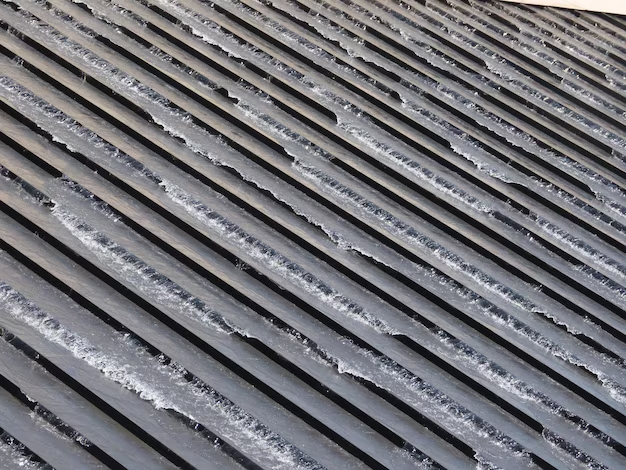How Long Can You Expect Your Roof Shingles to Last?
When it comes to roofing, the longevity of shingles is a common concern for homeowners. How long roof shingles last largely depends on the material, climate, and maintenance practices. Here, we will explore the lifespan of various shingle types and offer some practical tips for financial support and educational resources in the field of home improvement.
Different Shingle Types and Their Lifespan
Asphalt Shingles
- Standard 3-tab shingles typically last 15 to 20 years. They're the most common and cost-effective option but wear faster in extreme weather conditions.
- Architectural shingles offer improved durability, with a lifespan of 25 to 30 years. These are heavier and more resistant to wind and impact.
Wood Shingles and Shakes
- Wood shingles can endure for 30 to 40 years when maintained properly. However, they require periodic treatment against mold, rot, and pests.
- Shakes, thicker than shingles, often last up to 40 years. The rustic appearance makes them appealing but higher maintenance is imperative.
Slate Shingles
- Known for exceptional longevity, slate can last from 50 to over 100 years. This makes them an excellent long-term investment, despite the high initial cost.
Metal Roofing
- With advanced technology, metal roof shingles can last 40 to 70 years. They are highly durable and energy-efficient but may require occasional refinishing.
Tile Shingles
- Clay or concrete tiles provide a lifespan of 50 years or more. They perform well in hot climates but may break under the weight of heavy falling objects.
Factors Affecting Shingle Longevity
- Climate and Weather Conditions: Excessive heat, hurricanes, snow, or continuous wet conditions can reduce shingle lifespan.
- Routine Maintenance: Keeping gutters clear, removing moss, and inspecting for damage regularly can extend shingle life.
- Installation Quality: Proper installation by a professional ensures that shingles perform at their best and last longer.
Maximizing Roof Lifespan and Financial Aid Opportunities
Increasing the lifespan of your shingles involves routine inspections and prompt repairs. However, our focus can shift towards financial strategies that can assist in managing roofing costs:
- Home Improvement Loans: Low-interest loans can help finance roof repairs or replacements. Check if there are government programs offering these loans in your area.
- Insurance Coverage: Make sure your homeowner's insurance covers roof damage. Some policies might provide coverage for weather-related damages.
- Government Grants: Certain state or federal grants are available for home energy efficiency improvements, including roofing.
For those aiming to reduce home expenses, it's worthwhile to explore other financial aid programs:
- Debt Management Plans: Seeking help from credit counseling agencies can streamline your debts, making more room for roof repair savings.
- Credit Card Solutions: Some credit cards offer 0% APR on purchases for a limited time, which might be useful for immediate roof repairs needing upfront payment.
Helpful Resources for Homeowners
Looking to upgrade your roof without breaking the bank? Here’s a list of helpful financial assistance programs and educational opportunities you might consider:
- 🏠 HUD Home Improvement Loans: Low-interest loans designed for home repairs and upgrades.
- 📉 Debt Consolidation Planning: Work with credit counselors to manage and reduce existing debts.
- 📚 Energy-Efficiency Grants: State and federal grants potentially cover roofing costs for energy-efficient materials.
- 💳 Credit Card Promotions: Explore credit cards offering 0% interest on new purchases to finance roofing projects over time.
- 📈 Financial Literacy Courses: Local community colleges often offer affordable courses on budgeting and home financing, empowering you to make better financial decisions.
Making the most of these resources and strategies not only helps prolong the lifespan of your roof shingles but also secures your financial footing for future home projects.
